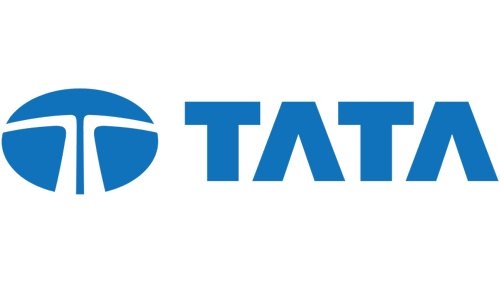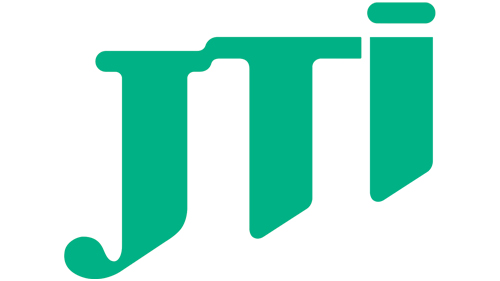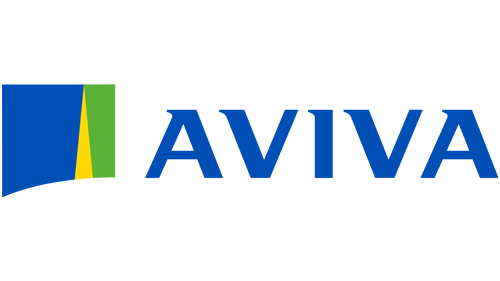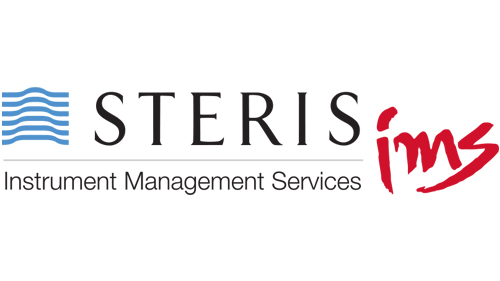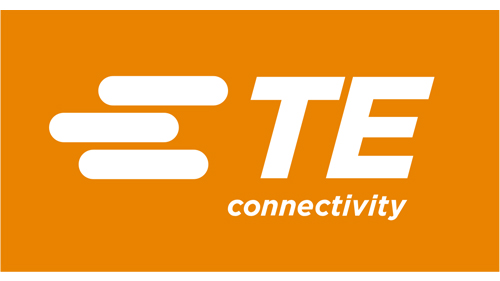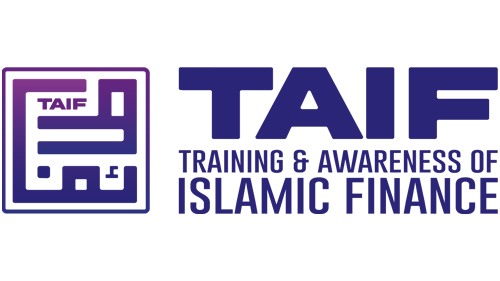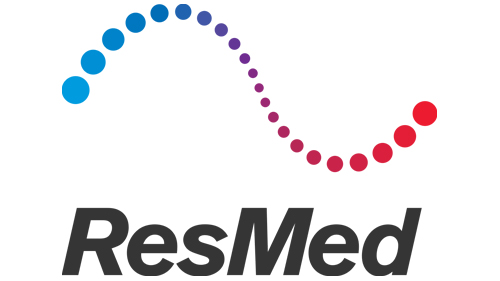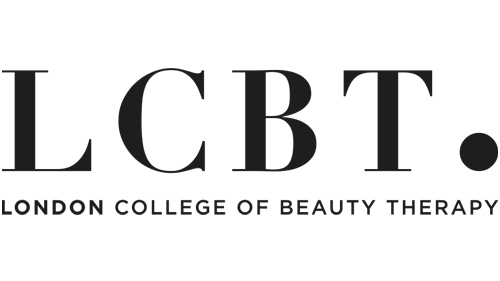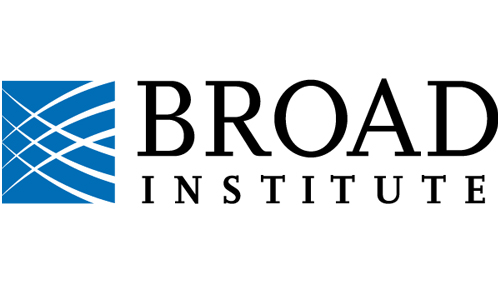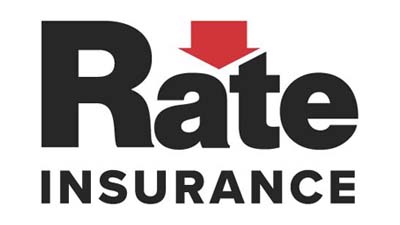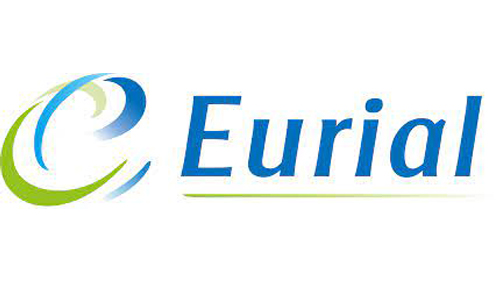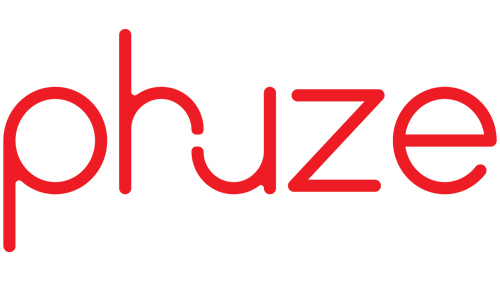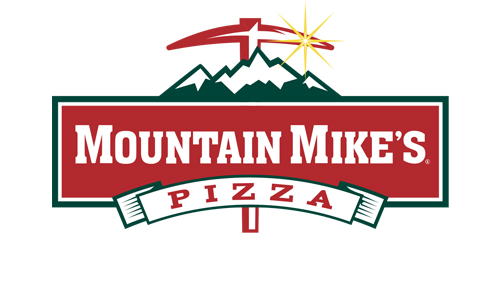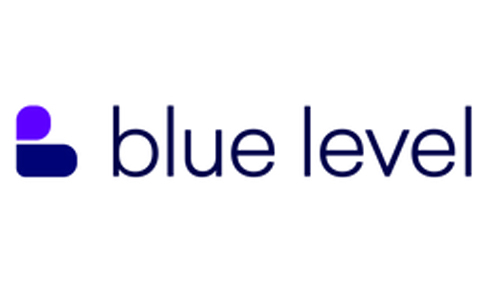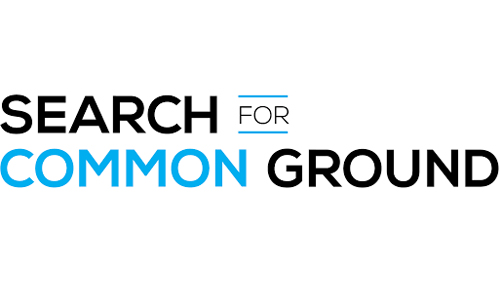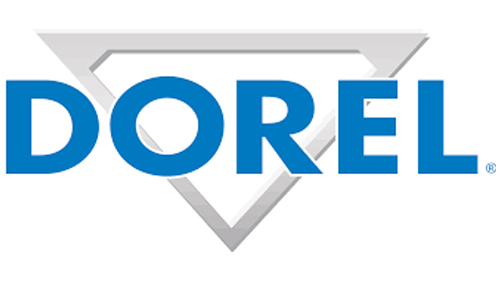What is Scenario-based Learning?
Scenario-based learning is an active learning process that virtually situates learners in realistic scenarios to build actionable real-world skills. These scenarios mirror real-world circumstances that require the application of specific hard or soft skills.
Scenario-based learning is a potent learning strategy for developing practical knowledge and skills that can effectively be applied in the right contexts to fuel efficiency, productivity, and excellence.
For businesses, scenario-based learning is a valuable tool for improving training quality, learning outcomes, and business output. It can bring them closer to larger organizational goals by developing a competent workforce and learner base that is confident and capable.
Key Considerations When engaging a Scenario-based Learning Partner
Learning Everest’s Approach to Scenario-based Learning
Why Choose Us?
Multidisciplinary Industry Experts
Multidisciplinary Industry Experts
Our team at Learning Everest has experience spanning years, disciplines, and industries. We understand the challenges and requirements of various sectors and can effectively cater to the needs our clients come to us with.
The Use of the Latest Tools
The Use of the Latest Tools
We use an assortment of the latest tools to develop our scenario-based learning courses. By combining the strengths and functionalities of various tools, we create rich deliverables that are engaging, effective, and meet learning objectives.
Consistent Communication Loops
Consistent Communication Loops
We involve our clients at each step of the design process by giving them consistent updates and information about the project’s progress. With the help of client feedback and suggestions, we refine our scenario-based learning deliverables to fulfill the vision they came to us with.
Thorough Quality Checks
Thorough Quality Checks
We thoroughly screen our deliverables for quality before the final product is ready to go live. Our scenario-based learning courses follow strict quality standards to ensure a polished finish and exceptional learning experience.
Benefits of Scenario-based Learning
Client Success
The client is a French packaging, office supplies, and furniture provider. They also offer packaging equipment such as machines, labels, and warehouse apparatus.
The client primarily operates in Europe, where they have a presence in 19 countries. Some of these countries include France, the UK, Germany, Italy, and Switzerland. Their packaging products alone are supplied to over 2 million customers across Europe, making up the bulk of their demand and offerings.
Their packaging products, combined with office supplies and furniture form a massive catalog of 250,000 products. Their revenue is equally massive, at EUR 1.2 billion. The company employs 4500 individuals, has 26 subsidiaries, and operates from 15 distribution centers around Europe.
Their clients are also varied, ranging from multinationals to small and medium enterprises from sectors ranging from distribution to tourism and local community shops.
The client is also dedicated to social and environmental responsibility. They use sustainable materials sourced in an environmentally friendly manner in their products. This dedication also extends to their physical offices, which follow environmental standards to reduce their carbon footprint.
The client approached Learning Everest because they were looking for an experienced eLearning partner who could quickly and affordably design and deliver a simulation-based eLearning course. Based on Learning Everest’s past work on simulation-based learning, they felt confident in choosing it as their eLearning provider and partnered with us for this project.
The client wanted a highly engaging simulation-based course for their internal employees to train them to book issues and generate tickets on “Jira,” a project tracking software. The course was to be an active learning experience, where learners got ample opportunities to practice the process they were learning so that they didn’t make mistakes when using the live software.
Learning Everest developed an interactive simulation-based learning environment using Articulate Storyline 360.
The simulation was built using screenshots from the software. Each step was demonstrated for the learners using a cursor, visual cues such as highlights, and a voiceover so that they could absorb the information using various senses, making it more likely to stick.
After each demonstration, learners were required to carry out the steps they just learned. This was done by utilizing drop-down menus, options, and buttons in the screenshots. In this step of the course, the learners had to pick the correct buttons and options in the simulation to repeat the process or learn from their mistakes, if any were made. For each click the learner made, they were given instant feedback in the form of an audio and visual cue, which let them know if they made the correct choice. In case they picked the wrong selection, they were told what the correct action would have been.
In this way, the course followed an “I do, you see; we do, we learn; you do, I see” framework to teach learners how to navigate and use the program once they would shift to the live version.
Trusted By World’s Leading Organizations

